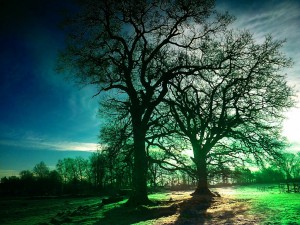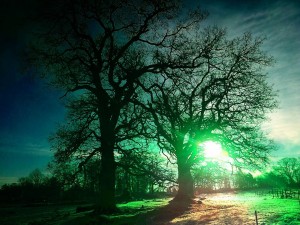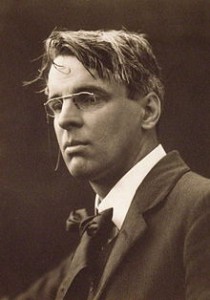
Beloved, gaze in thine own heart,
William Butler Yeats was an Irish poet and one of the foremost figures of 20th century literature. A pillar of both the Irish and British literary establishments, in his later years he served as an Irish Senator for two terms. The poem “The two Trees”, like many that are addressed to Maud Gonne, suggests that the beloved look within herself to the spirit of her nature. Further, she should shun the mirror, which captures her external appearance. Her appearance, though beautiful now, will fade with age. Her “inner tree”, though, will never grow any less beautiful. On a more arcane level, the holy tree could refer either to the tree of knowledge or to the Sephirotic tree of the Kabbalah. The Sephirotic tree resonates with both good and evil. This poem would fit with the Kabbalic notion of man, which is divided between good and evil. Looking in a glass makes the tree into its reverse image, barren and threatening. Yeats was certainly familiar with the Kabbalah from his theosophic practices.
“The Two Trees” first appeared in William’s second publication, The Countess Kathleen and Various Legends and Lyrics (1892).
Three of William Butler Yeat’s poems have been movingly set to music by Canada’s multi-instrumentalist singer-composer, Loreena McKennitt (born February 17, 1957): “Down by the Salley Gardens,” “The Stolen Child,” and “The Two Trees.” “The Two Trees” was featured on Loreena’s fifth album, The Mask and Mirror(1994).
External link:
W. B. Yeats (Wikipedia)






